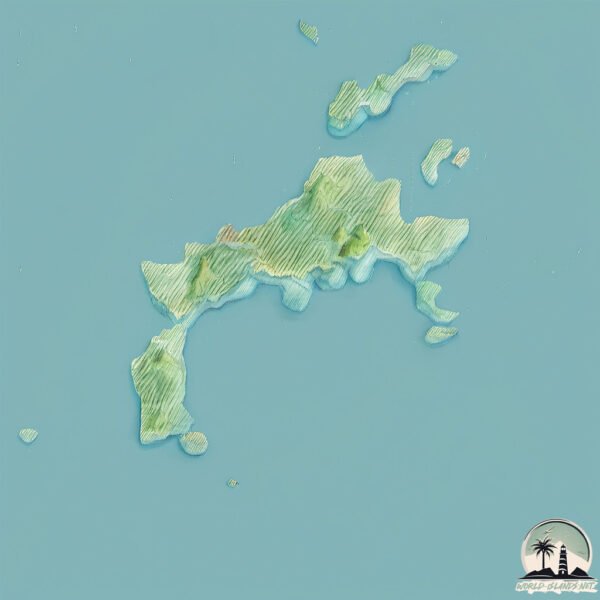Welcome to Beigan , a Temperate island in the Eastern China Sea, part of the majestic Pacific Ocean. This guide offers a comprehensive overview of what makes Beigan unique – from its geography and climate to its population, infrastructure, and beyond. Dive into the details:
Geography and size of Beigan
Size: 7.017 km²Coastline: 24.3 kmOcean: Pacific OceanSea: Eastern China SeaContinent: Asia
Beigan is a Small Island spanning 7 km² with a coastline of 24.3 km.
Archipel: –
Tectonic Plate: Okinawa – Located in the East China Sea, near the Ryukyu Islands and Taiwan, it’s involved in the subduction zone between the Philippine Sea Plate and the Eurasian Plate.
The geographic heart of the island is pinpointed at these coordinates:
Climate and weather of Beigan
Climate Zone: TemperateClimate Details: Humid Subtropical ClimateTemperature: Hot Summer
Climate Characteristics: With continuous rainfall and hot summers, this climate is common in some coastal regions, supporting diverse vegetation.
Topography and nature of Beigan
Timezone: UTC+08:00Timezone places: Australia/PerthMax. Elevation: 111 m Mean Elevation: 53 mVegetation: Agricultural MosaicTree Coverage: 30%
The mean elevation is 53 m. The highest elevation on the island reaches approximately 111 meters above sea level. The island is characterized by Plains: Flat, low-lying lands characterized by a maximum elevation of up to 200 meters. On islands, plains are typically coastal lowlands or central flat areas.
Dominating Vegetation: Agricultural Mosaic
Vegetation: 11 vegetation zones – Exceptionally Diverse Island
Infrastructure and Travelling to Beigan
Does the island have a public airport? yes .
Does the island have a major port? no .
The mean population of Beigan is 195 per km². Beigan is Moderately Inhabited. The island belongs to China .
Continuing your journey, Nangan is the next notable island, situated merely km away.
Error 403 The request cannot be completed because you have exceeded your
quota . : quotaExceeded
China is classified as Emerging region: BRIC: Brazil, Russia, India, and China – Economies noted for their rapid growth and increasing influence on global affairs. The level of income is Upper middle income.
News – Latest Updates and Headlines from Beigan
Stay informed with the most recent news and important headlines from Beigan. Here’s a roundup of the latest developments.
Loading...
Please note: The data used here has been primarily extracted from satellite readings. Deviations from exact values may occur, particularly regarding the height of elevations and population density. Land area and coastline measurements refer to average values at mean high tide.

